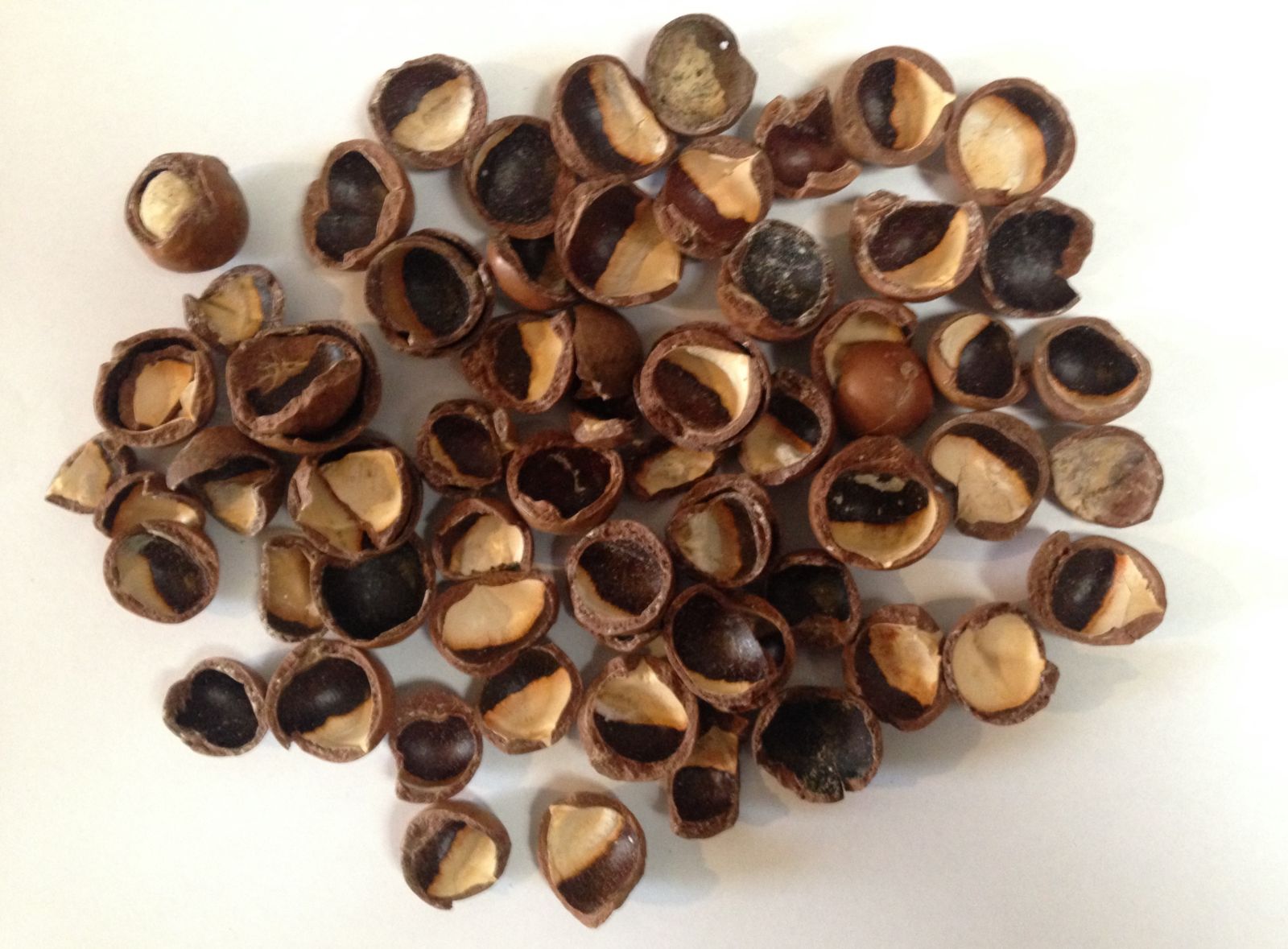Are you looking for an end-to-end solution for your organic waste?
We have designed and built a mobile and fully automated pyrolysis system to produce high value biochar for agricultural and industrial applications.
The process is modular and depending on your requirements can offer shredding, drying and storage of organic materials plus bagging of biochar into 1 m3 bulka bags.
How our pyrolysis system works
We have designed our pyrolysis system with simplicity in mind and have made the machines very robust and easy to operate & maintain.
The basic process uses a diesel burner to get the kiln to approx. 300-400° C, we then introduce feedstock into the kiln through an auger. The material drops into the pyrolysis zone where it is heated (cooked) until any moisture is driven off.
At this point the chemical structure of the material begins to change and gases bound up in the material start to release. Air is introduced, which mixes with the gases and combust them to produce more heat. Once we have steady state operation we can usually turn the burner off and the system is self sustaining.
The combusted gases are vented through the flue at temperatures above 500° C. We have the ability to capture this heat and use it for heating/drying applications.
The remaining fraction, biochar, is quenched with water before it exits the kiln to stop it combusting. We also have the capacity to “charge” the biochar with extra nutrients at this point.
Materials Handling
Every feedstock has different handling characteristics and over the journey we have learnt through trial and error the importance of feedstock preparation.
We have designed a system that can shred most organic materials down to the required size before entering a live storage area (LSA). The LSA has a moving floor and is timed to feed the pyrolysis machine with a consistent supply of feedstock. The LSA is big enough to allow 24hr operation for most feedstocks.
We are also exploring other problematic wastes and can design feedstock handling systems to meet your requirements.
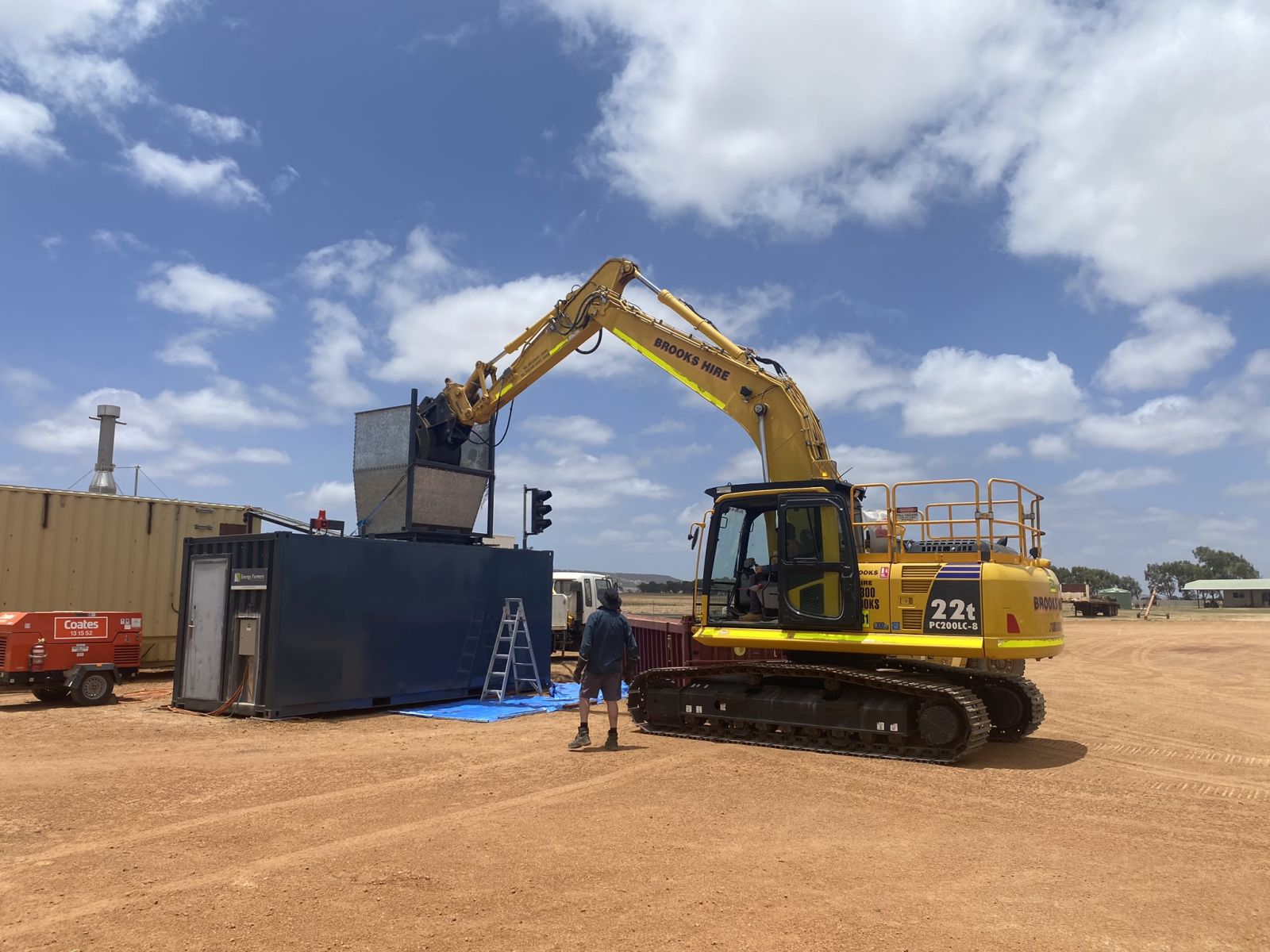
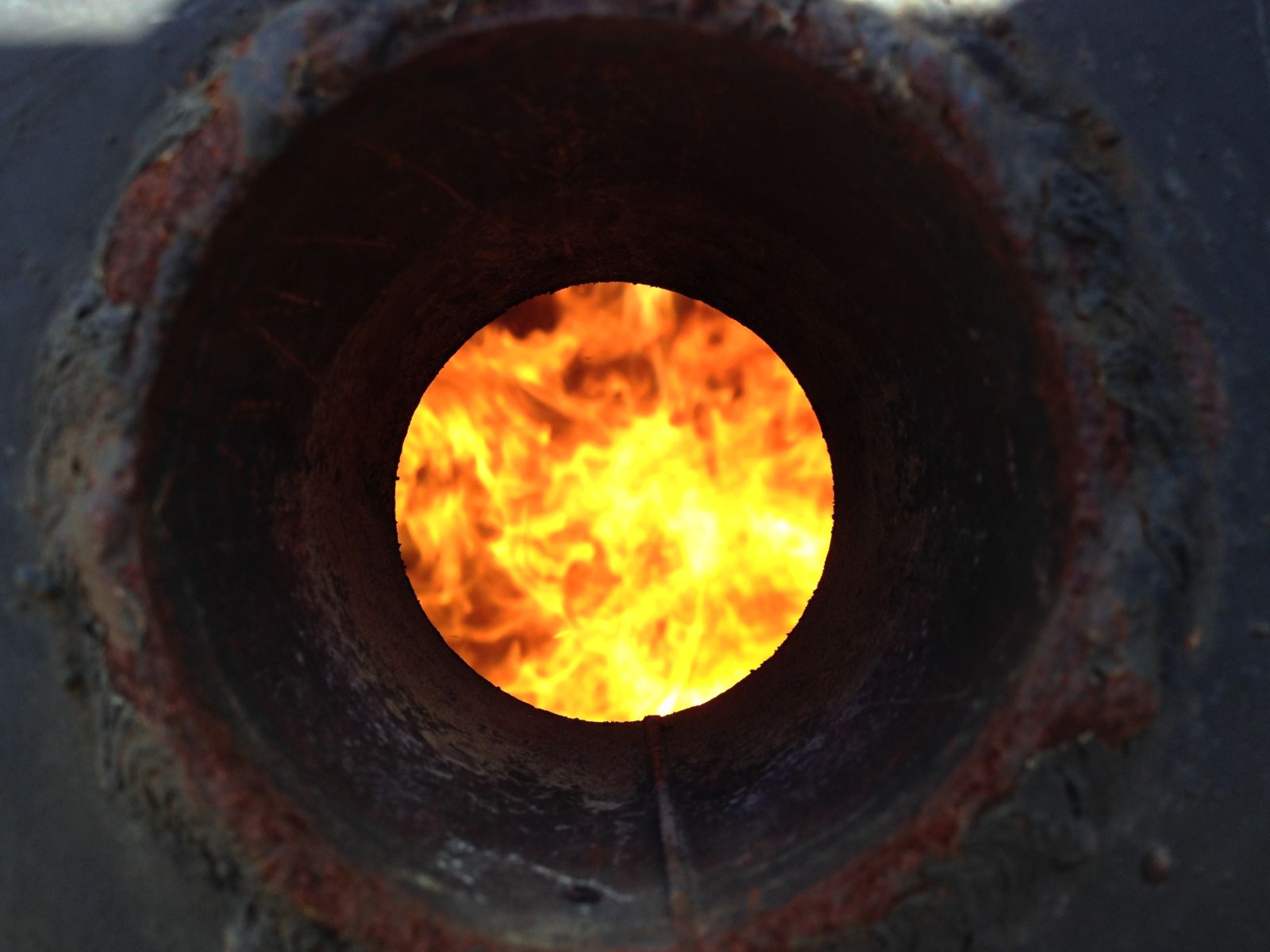
Bioenergy
The pyrolysis of organic material creates bioenergy and integrating biomass energy generation with biochar production is a key piece of the renewable energy solution.
The most efficient way to use bioenergy produced by the pyrolysis process is directly, in the form of heat for heating and for drying applications however, it is also possible to generate electricity.
The Energy Farmer pyrolysis unit produces approx. 1MW of thermal energy per tonne of feed input. At this stage we do not produce electricity however, we are working toward this end.
Biochar
We produce, on average, 30% biochar for every tonne of material processed. Biochar is a by-product of the pyrolysis process and already well known globally as being beneficial for soils. Because of its high surface area it provides habitat for soil microbes, improves water holding capacity and adds valuable carbon to the soil.
More recently, it has come into focus as being beneficial for animal health when fed to livestock and can also be used in other livestock applications such as a bedding material.
Biochar can be also be upcycled into a range of sustainable alternatives for industry. Applications include the building, concrete and bitumen industries.
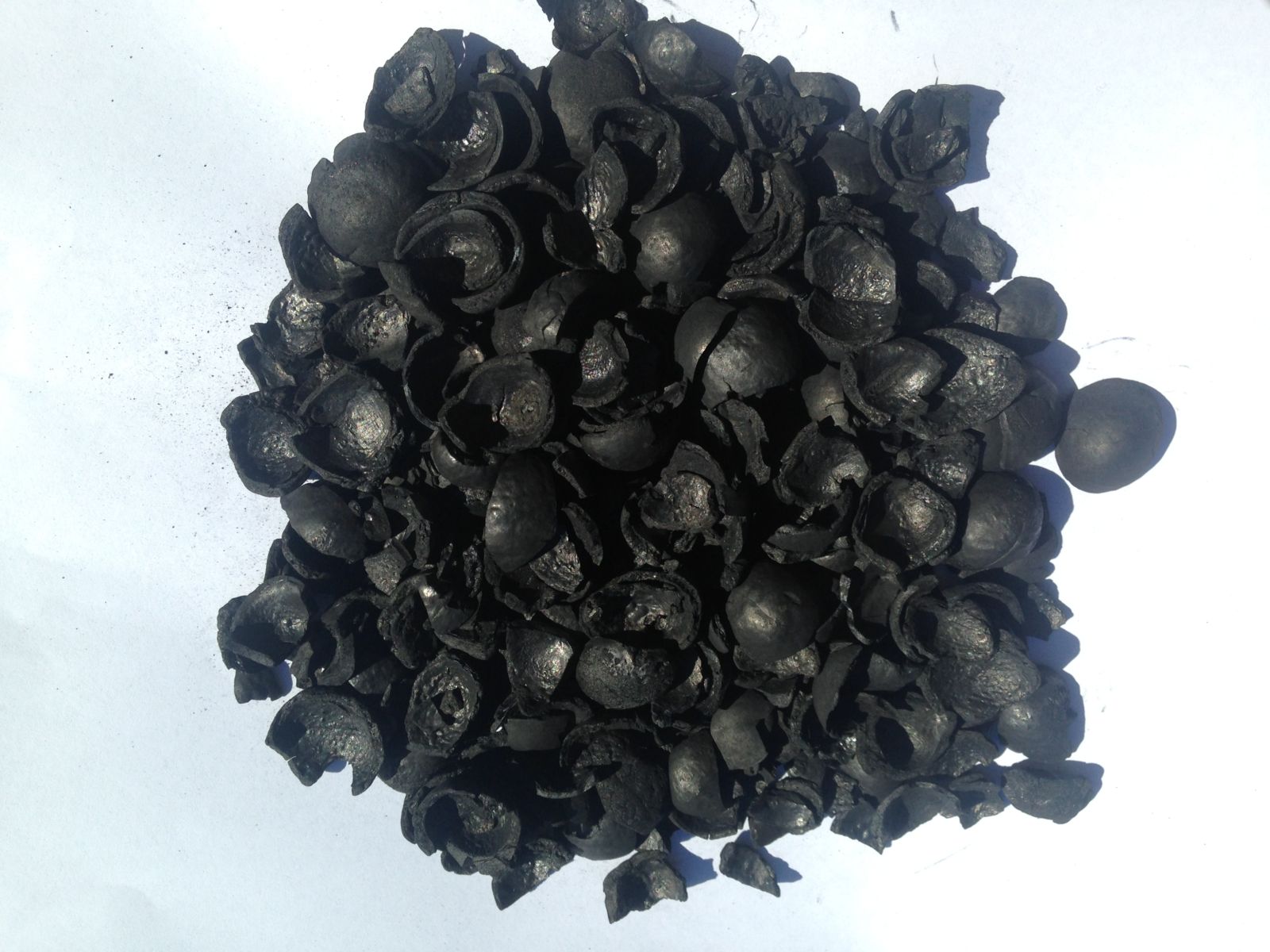
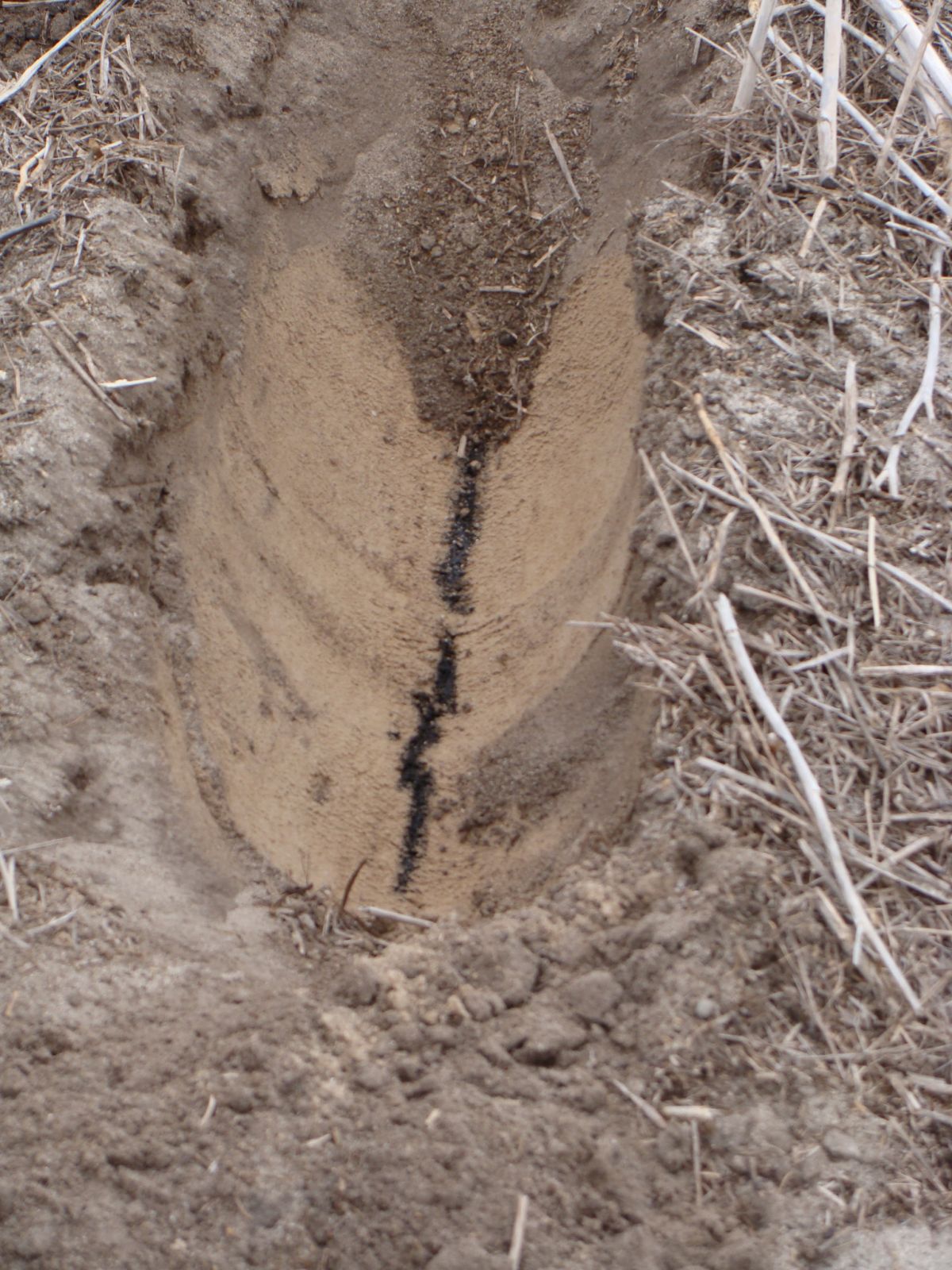
Carbon Farming
It is possible to create carbon credits using biomass to produce energy, the process is carbon negative and renewable. A crop of wheat for example, will grow and be harvested for the grain, some of the residual straw can be captured and processed to produce renewable energy. By-products like biochar, which are rich in carbon can be used to store carbon in soils and other materials.
What is important is ensure that the biomass used is from a sustainable source. A full life-cycle analysis needs to be carried out to guarantee that the environmental costs of harvesting, transport and processing is not greater than the environmental benefit. Furthermore, any production process and products should meet all legal and environmental standards.
We have been working with farmers and farmer groups investigating new & current methods of getting carbon into the soil using biochar and emission reductions opportunities with bioenergy.
Key features of our pyrolysis systems
- Ability to handle a wide range of waste types
- Systems from 200kg/hr to 1tonne/hr
- Manufactured with high grade heat resistant material
- Fully containerized options
- PLC Controlled – can be operated manually or automatically
- Meets current Australian environmental & emission standards
- Ability to be made mobile
Organic Wastes Processed
- Sawdust & woodchip
- Macadamia shell
- Poultry waste
- Municipal green waste
- Spinifex
- Old man saltbush
- Crop residue
- African Boxthorn
- Acacia saligna
-
Radiata pine
-
Blue gum
- Grain dust
